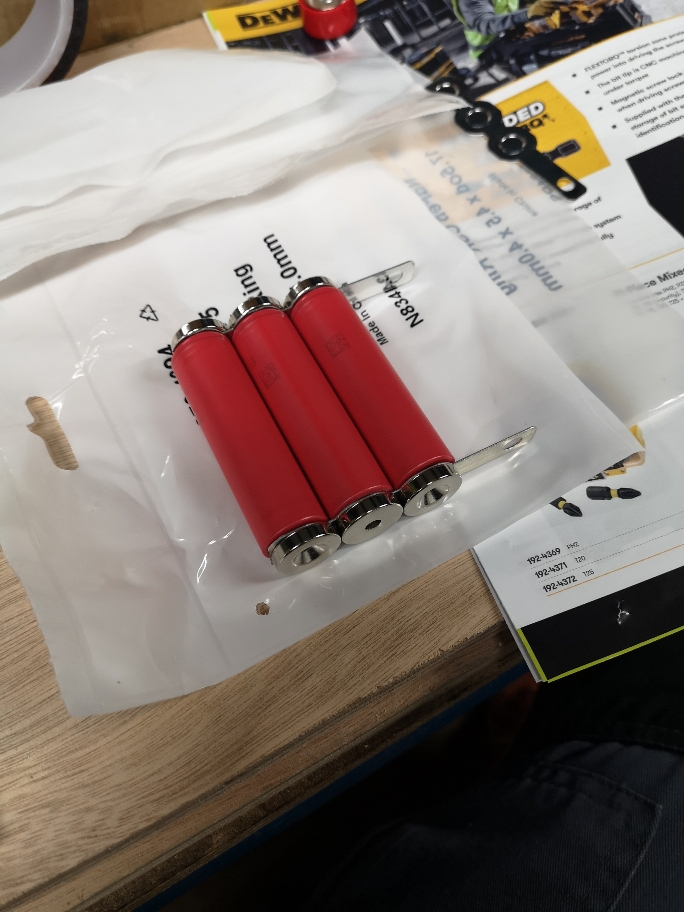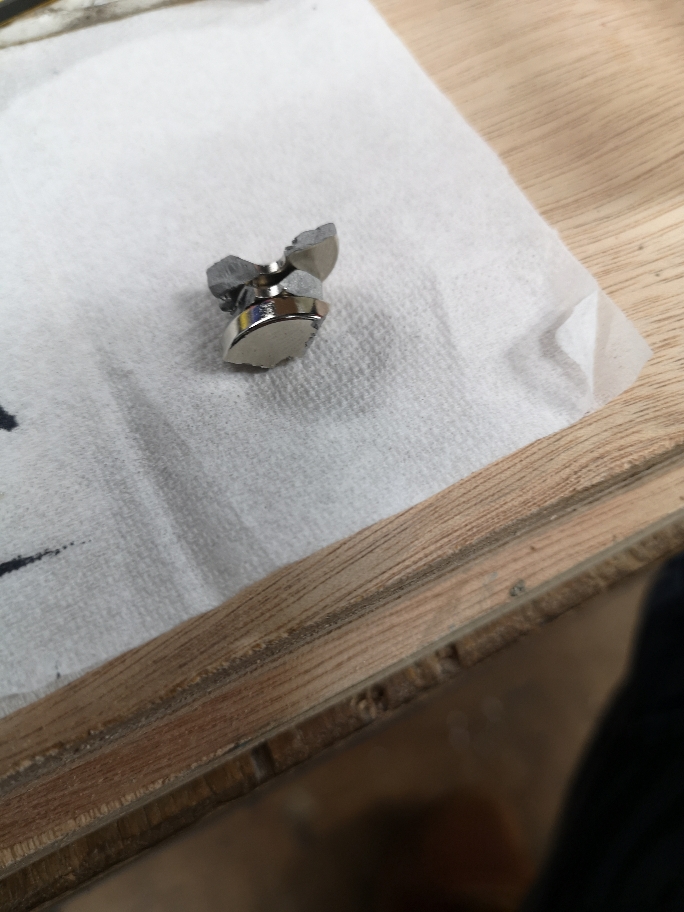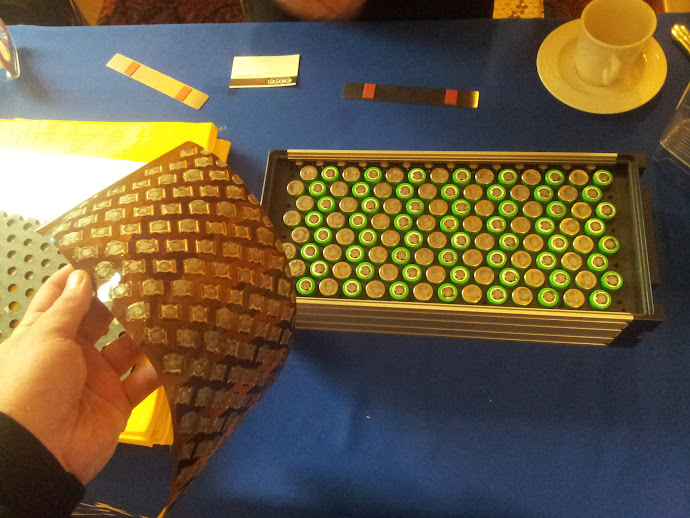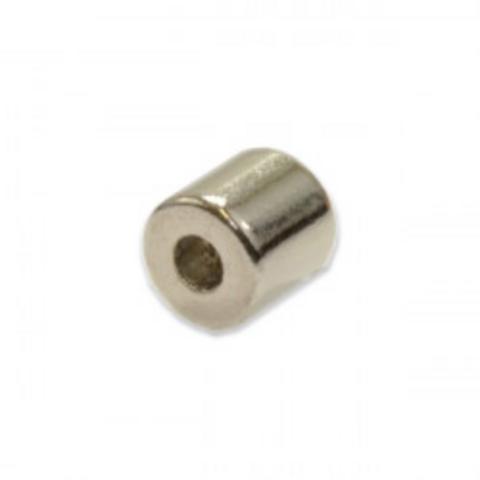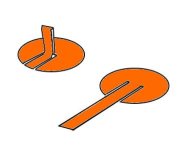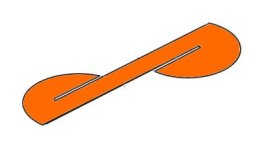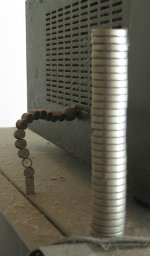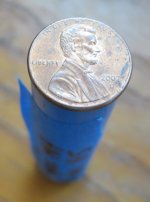goatman
10 MW
okay, im far from an expert but from what I can tell 1c is 2.5 amps
5p at 50 amps is 10 amps per cell or 4c so you need atleast 15 amp fuse wire. 1 nickelstrip is rated at 7 amps. if you pull more amps than that resistance goes up and volt sag is crazy.
Spinning Magnets is the person to ask. I just opened one of my packs with 7volt sag at 50 amps its 4p only 1 layer nickelstrip so 28 amps but on one side there were only 3 strips for the series connections. im going to solder 4-16g copper to all series connectors.
5p at 50 amps is 10 amps per cell or 4c so you need atleast 15 amp fuse wire. 1 nickelstrip is rated at 7 amps. if you pull more amps than that resistance goes up and volt sag is crazy.
Spinning Magnets is the person to ask. I just opened one of my packs with 7volt sag at 50 amps its 4p only 1 layer nickelstrip so 28 amps but on one side there were only 3 strips for the series connections. im going to solder 4-16g copper to all series connectors.


